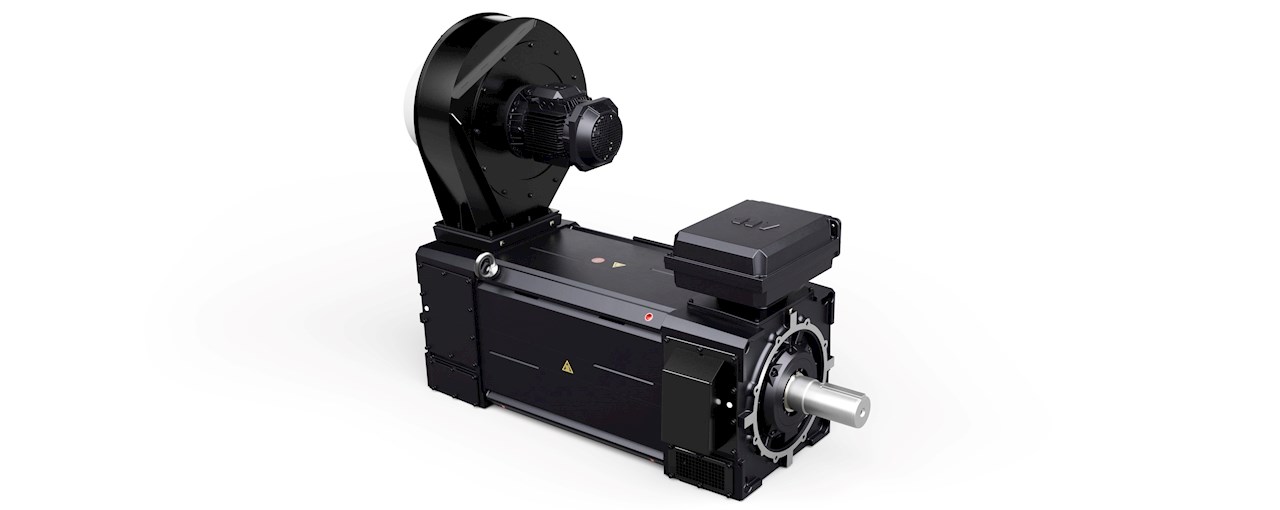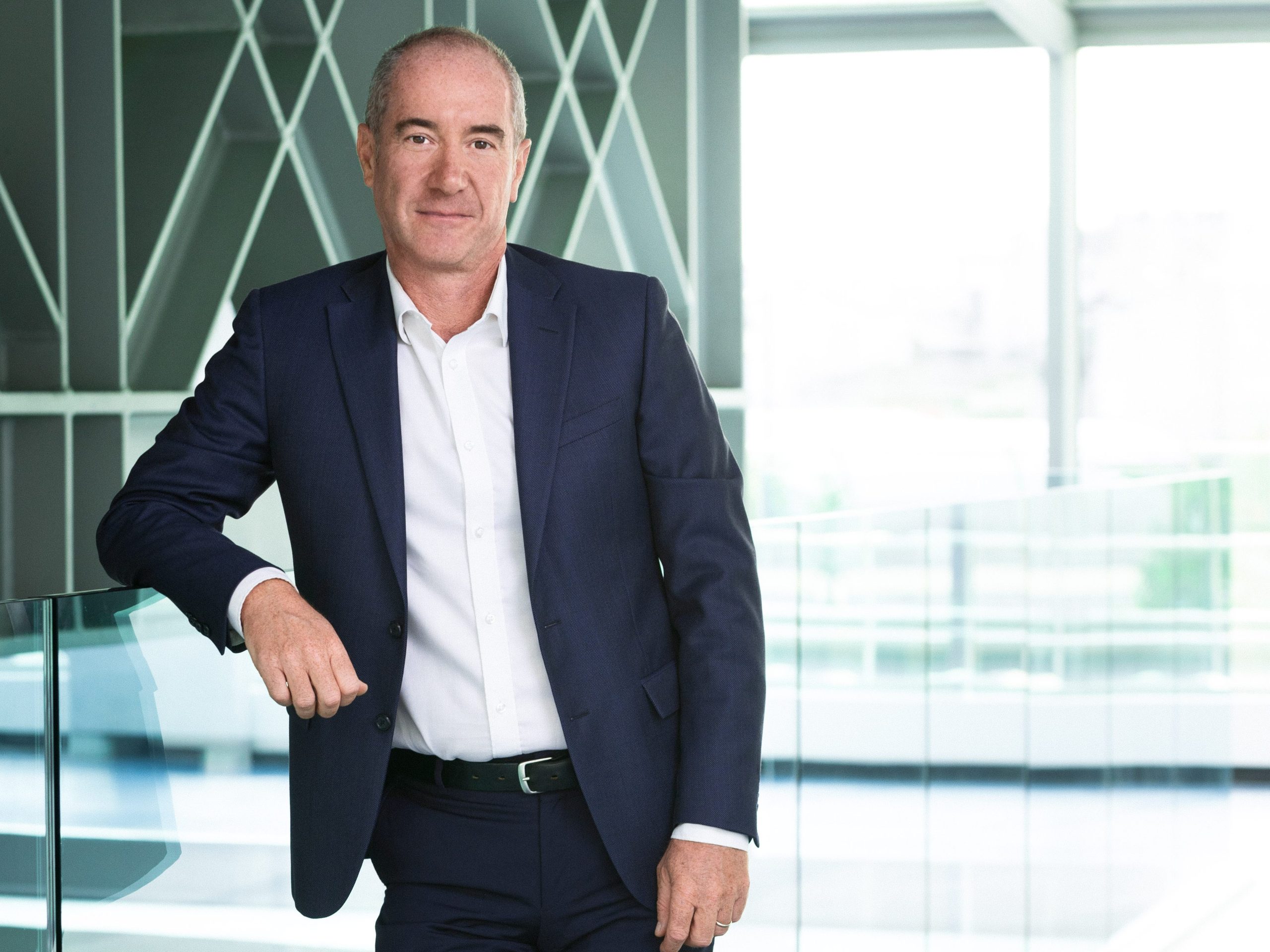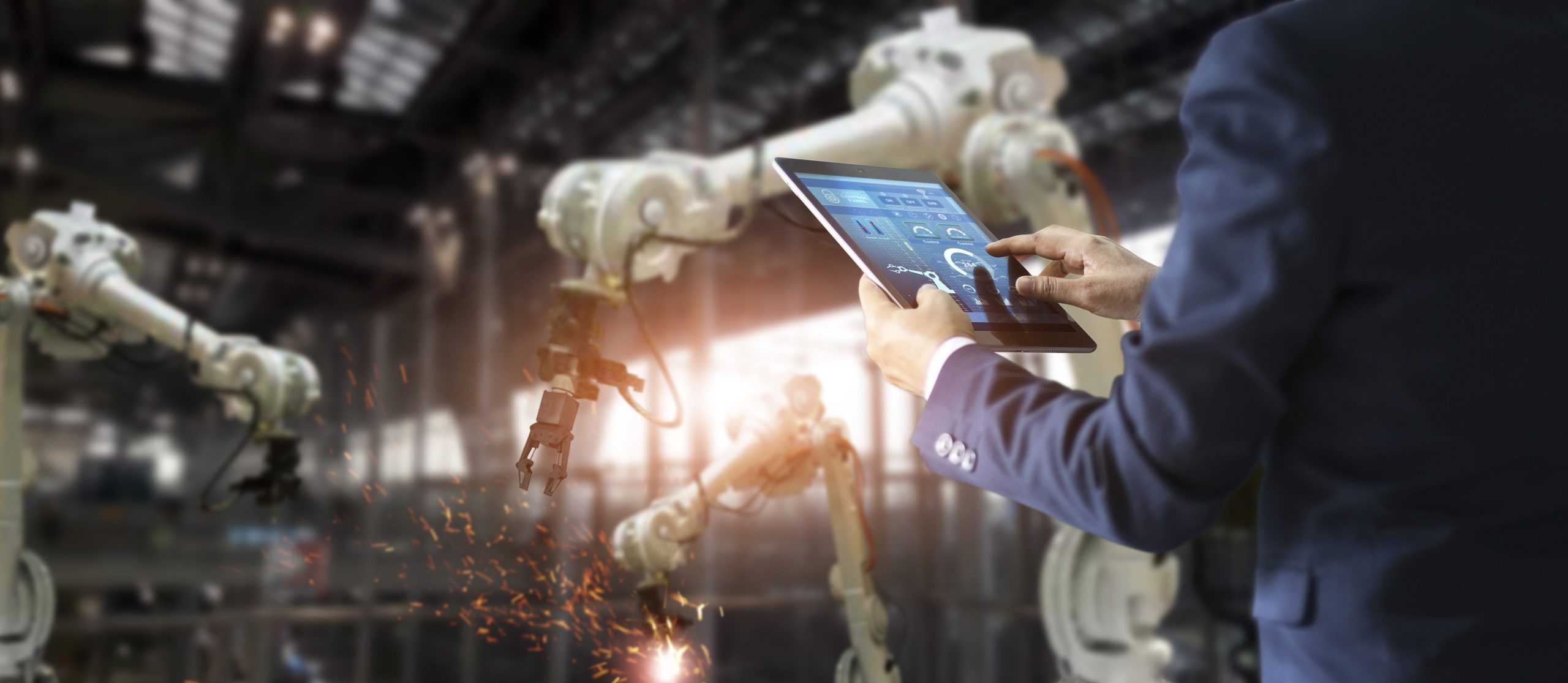Author: Rinnovabili.it
Elevata densità di potenza, bassa inerzia, facile installazione e un’ampia flessibilità di progettazione per personalizzare il prodotto sulle esigenze finali. La gamma di motori High Dynamic Performance di ABB migliora ancora per offrire ai costruttori di macchine performance ineguagliabili, dimensioni ridotte e nuovi risparmi. Scopri di più con il webinar del 9 maggio 2024

 Credits: ABB
Credits: ABB
In un’epoca come quella attuale, in cui automazione ed efficienza energetica sono diventati i più importanti driver dello sviluppo industriale, i motori elettrici costituiscono una risorsa preziosa, per non dire imprescindibile, per le imprese moderne. Lo sa bene ABB, leader tecnologico con oltre 140 anni di storia alle spalle, che oggi conta milioni dei suoi motori in applicazioni industriali di tutto il mondo. E la cui offerta, da sempre orientata all’innovazione, è specificatamente progettata per accompagnare i clienti in nuovo futuro più competitivo e sostenibile, anticipandone i bisogni. Compresi quelli variegati e complessi dei costruttori di macchine(OEM).
Proprio a quest’ultimi ABB si rivolge con una gamma completa di motori a corrente alternata in bassa tensione in grado di soddisfarne le diverse esigenze. Parliamo dei motori High Dynamic Performance (HDP) di ABB, unità ad alta densità di potenza adatte sia alla progettazione di nuove macchine industriali che al retrofit di quelle già in uso. Accanto al dato prestazionale, infatti, una delle caratteristiche che meglio descrive questo prodotto è proprio la flessibilità, determinata sia da una piattaforma modulare sia dalla possibilità di personalizzare ulteriormente i componenti base. E unitamente ai convertitori di frequenza ABB, la tecnologia può garantire agli OEM capacità di controllo e manovra unici.
L’evoluzione dei motori per le macchine industriali
Motori efficienti dal punto di vista energetico hanno un ruolo da protagonisti nel percorso dell’industria verso un futuro a zero emissioni. Ma vale la pena notare che prima dell’arrivo degli azionamenti a velocità variabile, i macchinari industriali che richiedevano un elevato controllo della velocità potevano fare affidamento solo sui motori in corrente continua. L’introduzione sul mercato dei drive ha però rivoluzionato il settore, non solo aprendo le porte ai motori in corrente alternata, ma portandosi dietro tutta una serie di vantaggi, dall’alta densità di potenza alla bassa inerzia del rotore. Senza contare che con il tempo si sono dimostrati più efficienti in termini di costi (oltre che più semplici da manutenere) rispetto ai precedenti ai motori in CC che oggi hanno completamente soppiantato nel settore dei macchinari industriali. In questo comparto ABB si muove con dimestichezza tenendo alti gli standard tecnologici, per garantire sempre i prodotti più performanti ed efficienti con cui plasmare un futuro net zero.
I vantaggi dei motori HDP di ABB
I motori High Dynamic Performance offrono diversi vantaggi ai costruttori di macchine industriali come estrusori, banchi di prova, gru o macchine per trafilatura. Primo fra tutti: un’elevata densità di potenza, ossia la quantità di potenza che un determinato motore può fornire per unità di volume. Nel dettaglio l’offerta della società comprende un’ampia gamma dimensioni dei telai – tra 80 a 400 – con potenze in uscita da 2 kW a 2 MW. E ogni motore ABB supera in prestazioni il corrispondente motore standard con le stesse dimensioni.
Esistono due modi in cui gli OEM possono sfruttare questo vantaggio. Il primo è legato ad operazioni di retrofit: in macchine industriali pronte all’uso o già in attività si può sostituire il vecchio motore con il nuovo motore HDP delle stesse dimensioni ottenendo però un aumento della potenza e di conseguenza anche della competitività complessiva dell’attività. Il tutto in maniera immediata, senza bisogno di interventi aggiuntivi di engineering.
Il secondo caso d’uso riguarda la progettazione di nuove macchine industriali. I motori High Dynamic Performance permettono ai costruttori di portare sul mercato potenze con ingombri ridotti, fornendo un ulteriore vantaggio competitivo. Ed è a questo livello che entra in gioco un’altra caratteristica chiave: la semplicità di installazione. ABB ha reso facile l’accesso ai punti di collegamento così come l’installazione di accessori (ventole di raffreddamento, encoder e freni), compresi quelli prodotti da terzi.
Precisione e controllo
Un altro importante vantaggio tecnologico che contraddistingue i motori HDP è la bassa inerzia del rotore, caratteristica decisamente interessante per le applicazioni industriali che hanno bisogno di muoversi rapidamente avanti e indietro. Ovviamente la nuova gamma è stata progettata per l’uso con un azionamento a velocità variabile per offrire prestazioni ancora superiori, in termini di precisione delle manovre e controllo avanzato della velocità con macchinari di qualsiasi tipo o dimensione. “ABB si distingue per i pacchetti ottimizzati di motori e azionamenti che offrono precisione di controllo del motore e di manovra per un’ampia gamma di applicazioni dell’industria in generale”, spiega Francesco Morrone, Division Manager Unità Motori di ABB Motion Italia.

 Francesco Morrone, Division Manager Unità Motori di ABB Motion Italia
Francesco Morrone, Division Manager Unità Motori di ABB Motion Italia
Non solo. L’attenzione della società nei confronti delle esigenze dei clienti è a 360°. Ecco perché oltre a garantire la personalizzazione dei prodotti grazie a componenti base adattabili (es. encoder programmabili), ABB mette a disposizione una serie di strumenti e servizi per trovare il trovare il motore elettrico ottimale per le proprie esigenze, ottenere dati aggiornati sui prodotti e persino per trasformare i motori in dispositivi intelligenti connessi.
Per conoscere meglio la gamma dei motori High Dynamic Performance ad alta densità di potenza, ABB ha organizzato un webinar gratuito il 9 maggio 2024 alle ore 16.00. La partecipazione è aperta a tutti, previa iscrizione https://events.bizzabo.com/581616
Leggi anche Ecodesign per motori e azionamenti: le soluzioni ABB “migliorano” i limiti di legge


